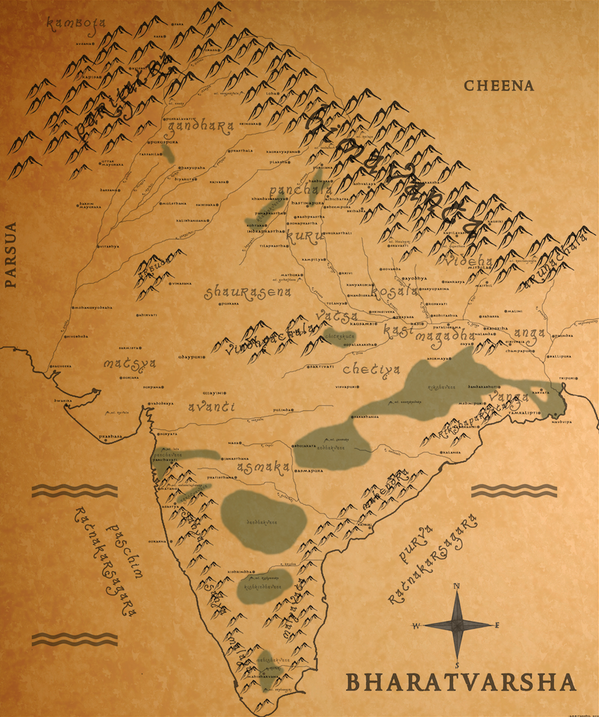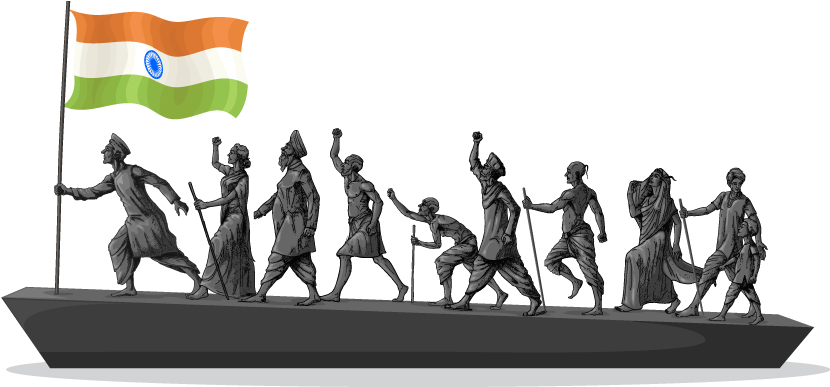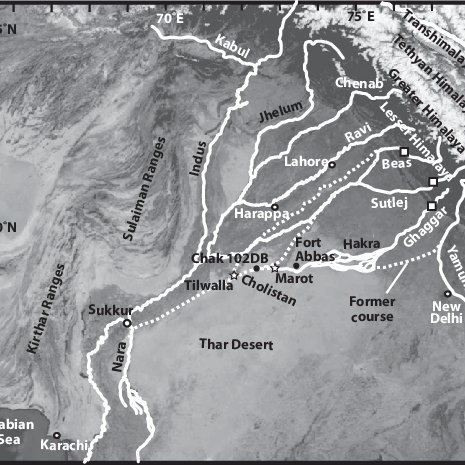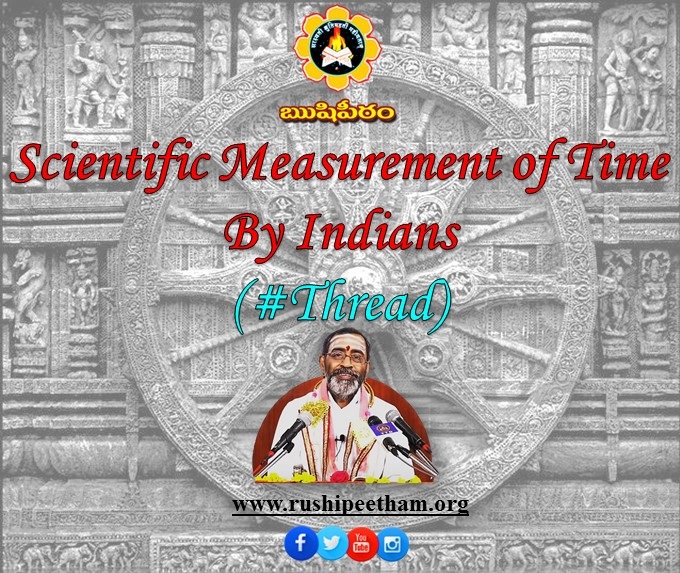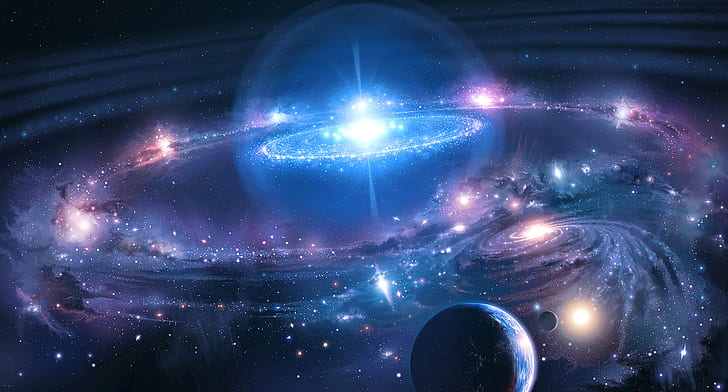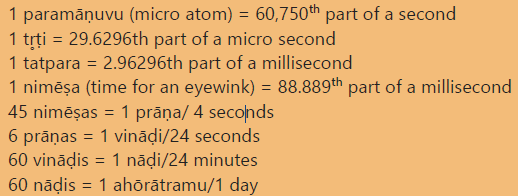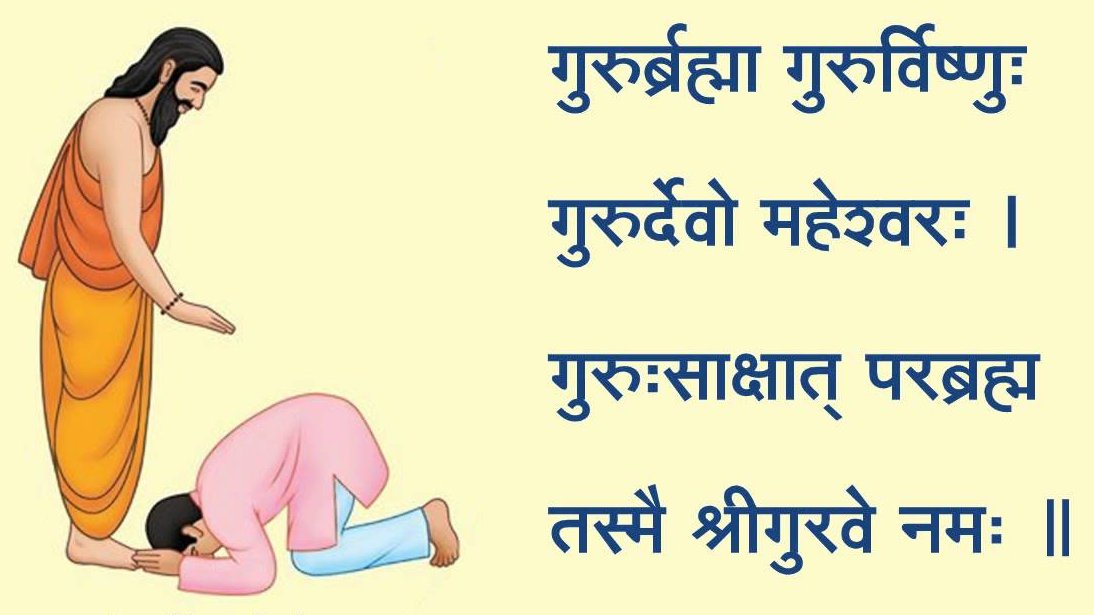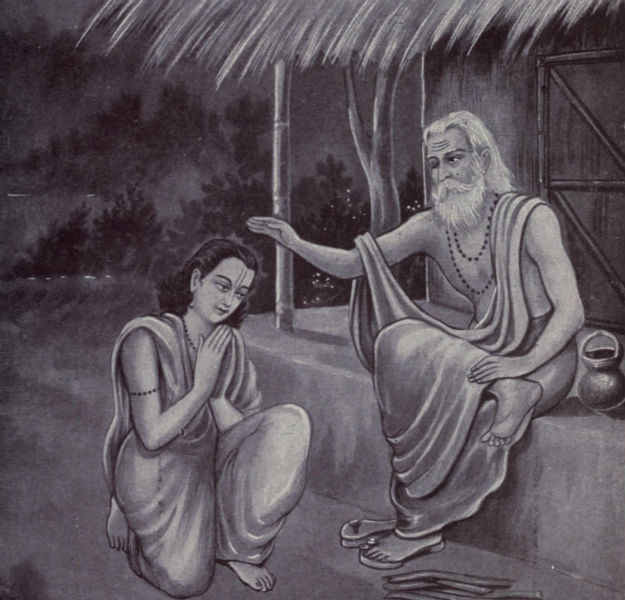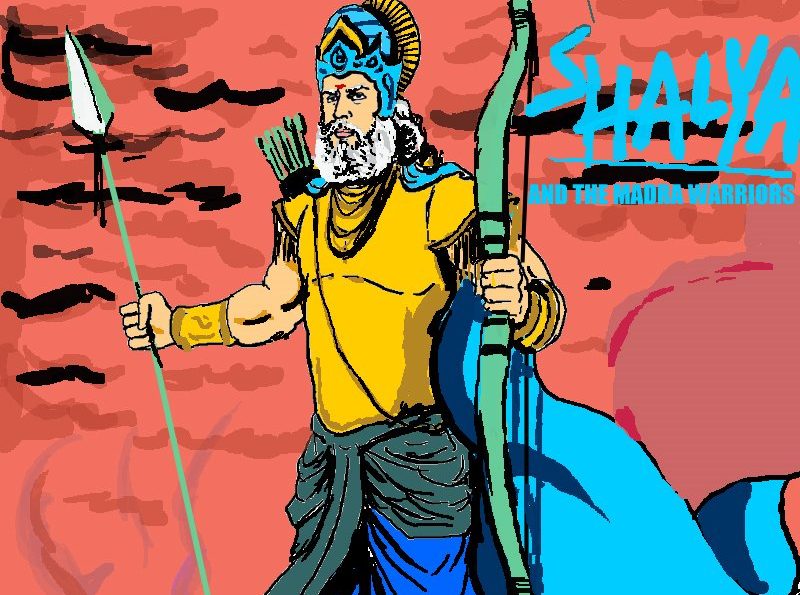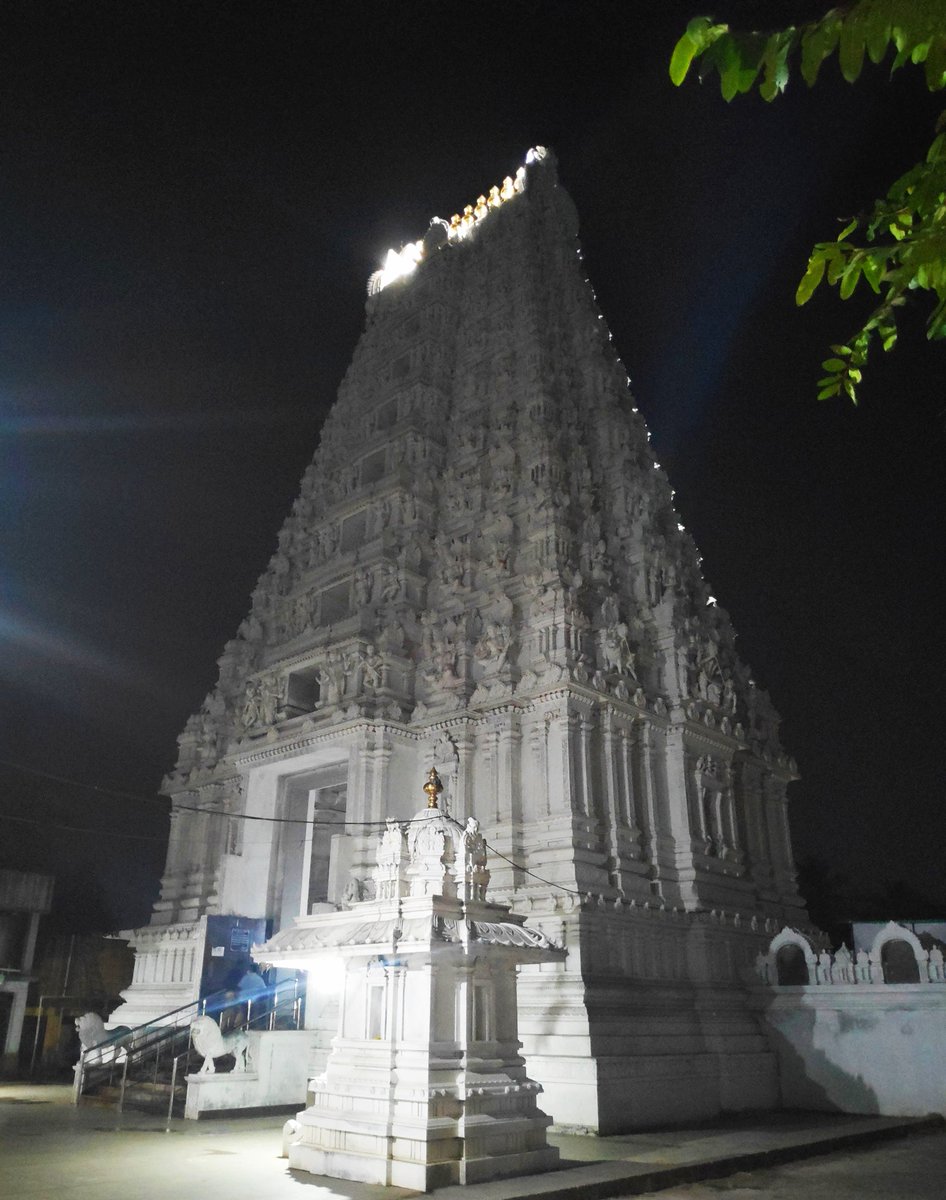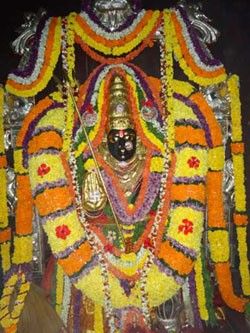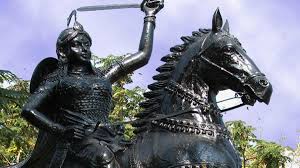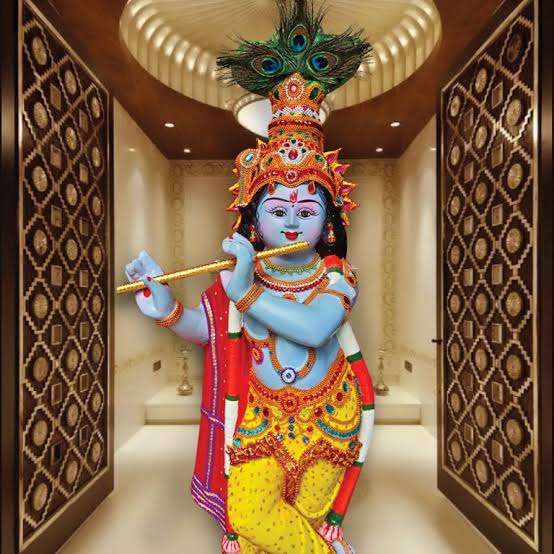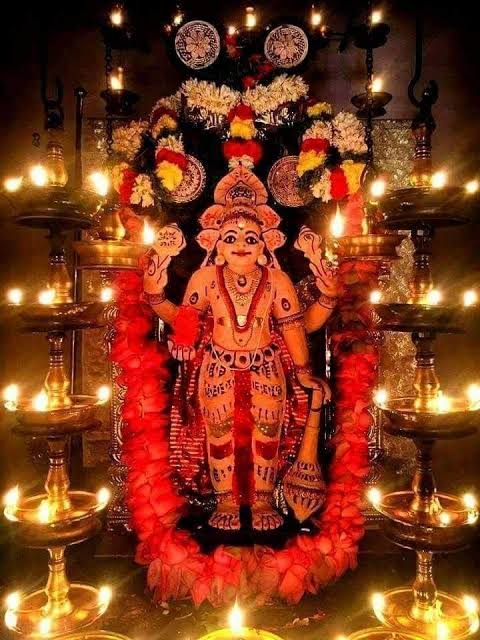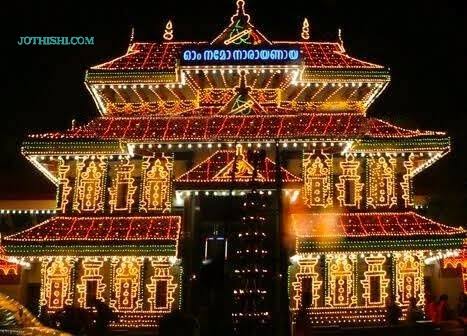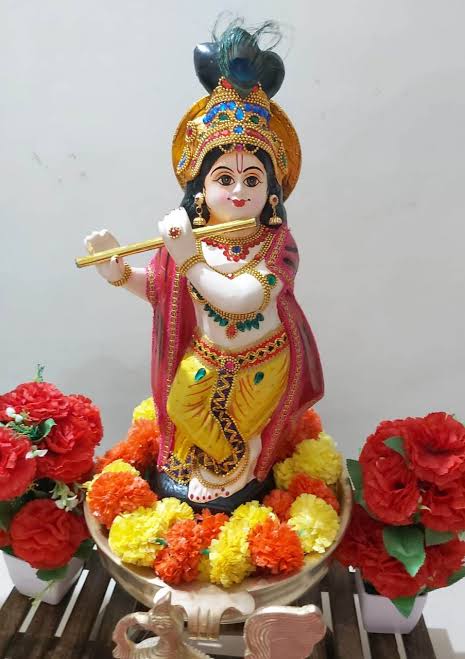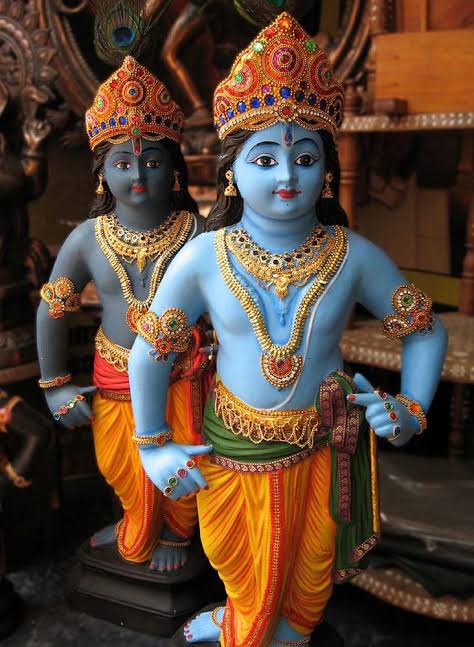significance & worship to be performed on a rare combination occurring Jan 12th
In the culture of Bhāratadēśa, ‘Time’ has great significance. Tithis, days of the week, stars – everything has its own distinction. All the beings are bound by time and time is in the control of God.
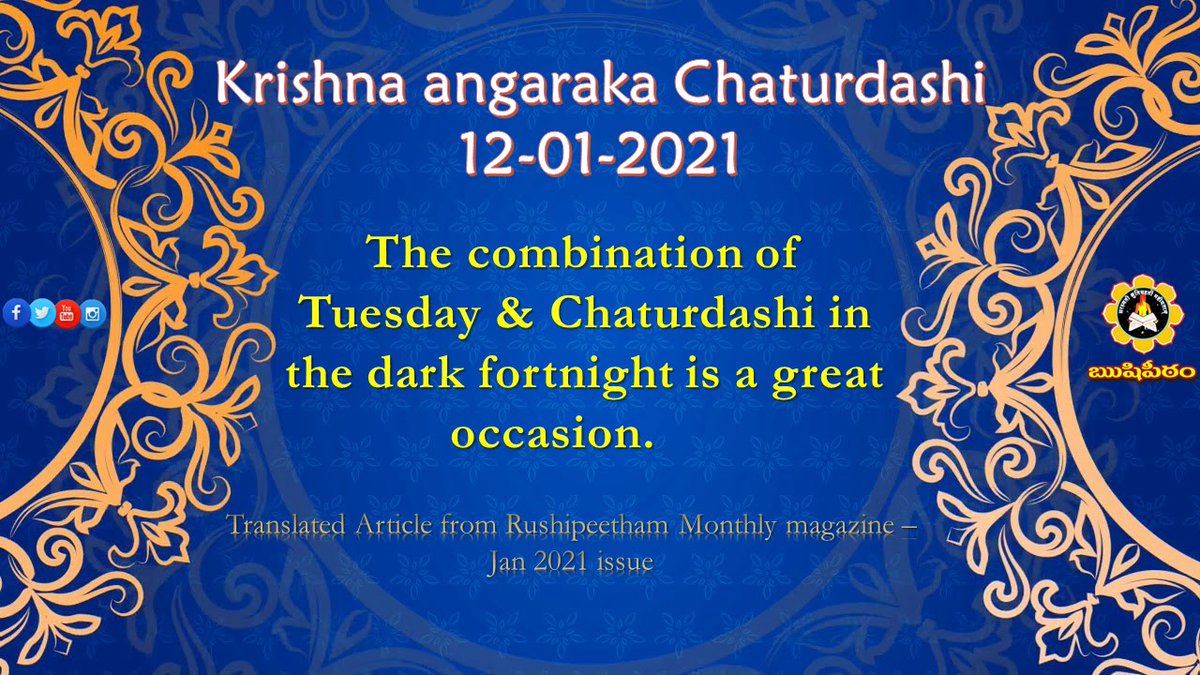
विरिन्चिशक्रविष्णूनां मनुष्याणां तु का कथा ।
तेन त्वं सर्वसत्त्वेन ग्रहराजो महाबलः॥
Not only present as one among the nine planets, Aṅgāraka..
पुरा तपस्यतः शम्भोर्दाक्षायण्या वियोगतः ।
भालस्थलात्पपातैकः स्वेदबिन्दुर्महीतले ॥
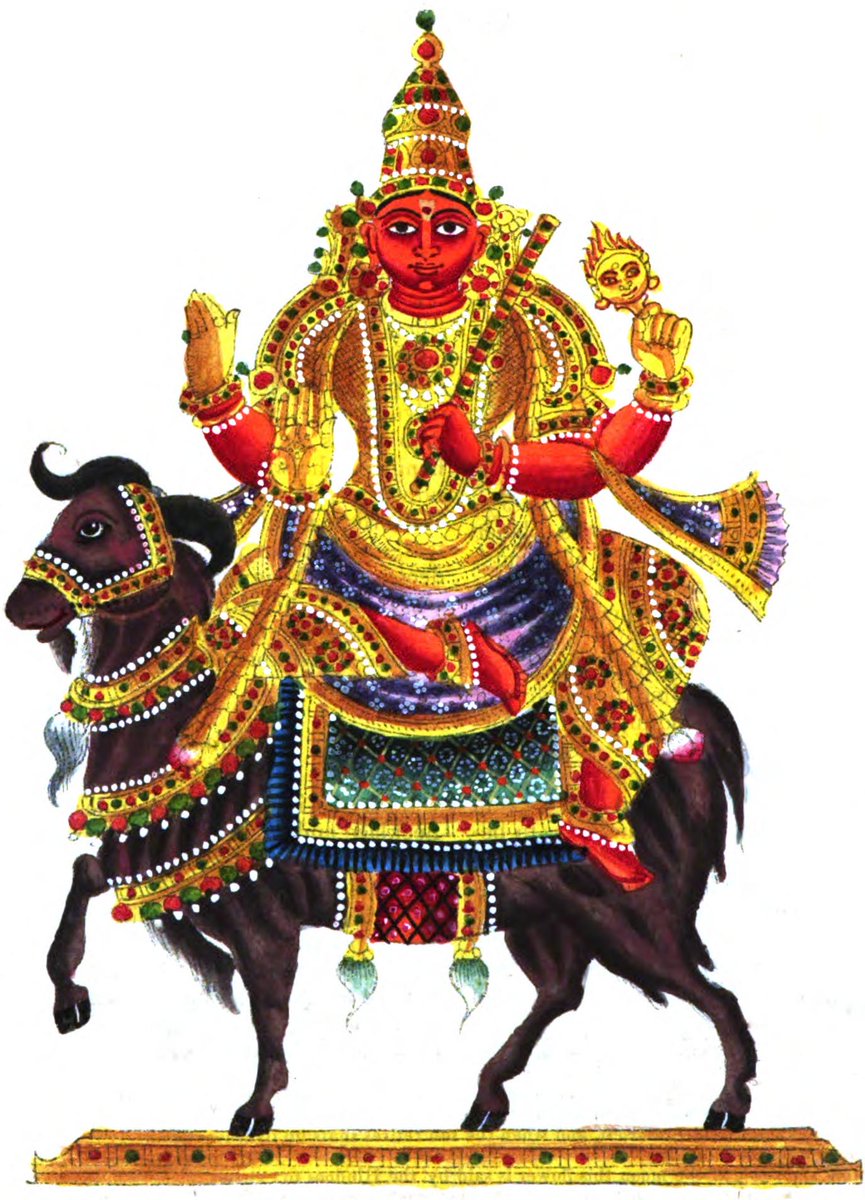
स्नेहसम्बन्धिनः सोఽथ धात्र्या धात्रीस्वरूपया ॥
माहेय इत्यतः ख्यातिं परामेष गतः सदा ।
Skānda Purāṇa mentions that a waterdrop fell on the earth from Paramēśwara deeply immersed in tapas from which came a red-complexioned boy.
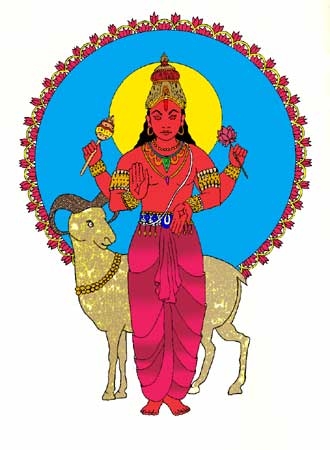
Śiva also gave him a position equal to His sons Hēramba and Ṣaṇmukha.
Brahma tells Nārada
सर्वेषां भूमिसम्बन्धमस्तिते नात्रसन्शयः।
ऋर्णानुबन्धरूपेण पशुपत्नीसुतादयाः॥
अन्योन्यं सुखदुःखादिहेतुरित्यवधारय।
किन्तु सर्वऋणध्वन्सं भविष्यति कुजार्चनात्॥
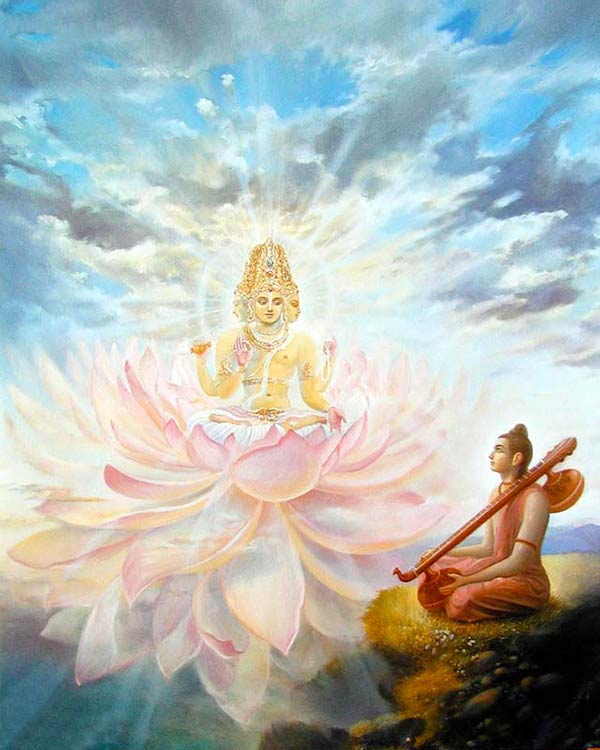
कुजः कुमारो भगवानसौ सन्मङ्गलात्मकः॥
The moment a human being is born, debts related to earth are formed, due to which spouse, children, and other bondages occur. These bondages give both pleasure and pain.
Aṅgāraka is also known as ‘Mangaḷa’, since he bestows auspiciousness, Kuja since he is ja – born to Ku – Earth.
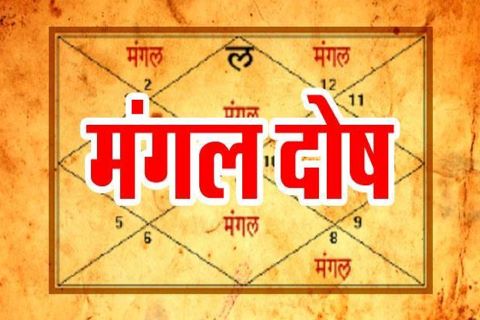
Worship of Gaṇapati on a day when there is a combination of Tuesday and Caviti tithi is auspicious, as this is ‘Alabhya Yōga’, and bestows the grace of Kuja.
Though Kuja is not favorable now due to some actions performed in previous births, he is very compassionate and bestows his grace with small remedies.
Worship of Kuja Yantra is done on par with the Yantras of deities.
This Yantra has nine squares in which the sum of any three numbers will be 21.
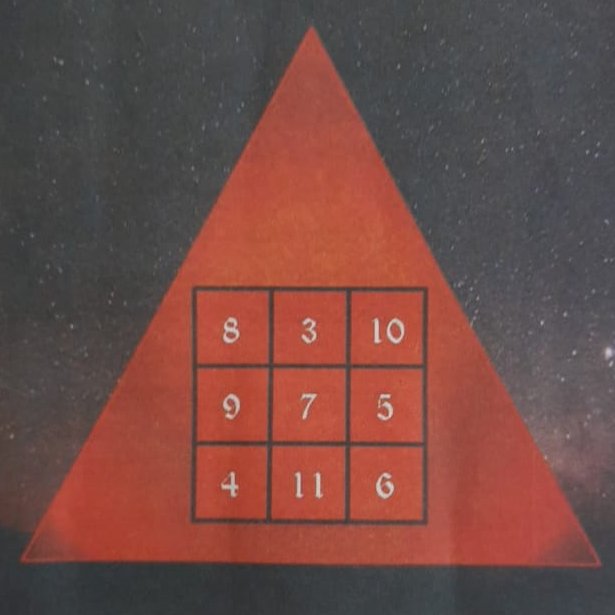
Hence, it is mentioned in Bhaviṣyōttara Purāṇa that performing circum-ambulation 21 times is essential to obtain the grace of the God.
There are many stōtrās related to Aṅgāraka
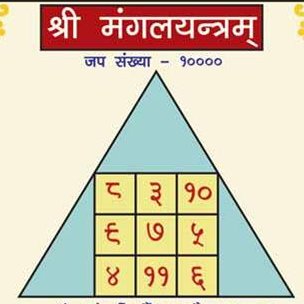
त्रिभुजाकारमण्डले रक्तचन्दन प्रतिमायां भगवन्तं अङ्गारकं अग्न्याक्रितिम्।
दक्षिणाभिमुखं रक्तवर्णं शक्तिशूलगदा खड्गधर चतुर्भुजं मेषरथवाहनं॥
Dakṣiṇābhimukhaṁ – This sign symbolizes the ability to give knowledge. One acquires knowledge with the worship of Kuja.
‘Divyaughādi gurukaṭākṣānugrahapātraṁ’ i.e. the grace of Kuja bestows the grace of Divyaugha, Siddhaugha , and Mānavaugha congregations of Gurus.
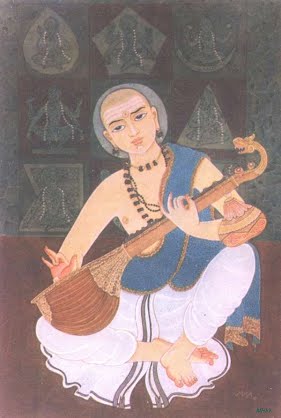
On any day, especially on this day, one should offer arghya with water in a copper pot mixed with red sandalwood, red flowers, and akṣata sitting on the knees chanting the following :-
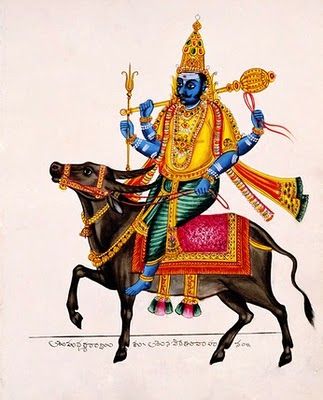
ऋणार्तस्त्वां प्रपन्नोस्मि ग्हाणार्घ्यं नमोस्तुते ॥
प्रसीद देवदेवेश विघ्नहारिन् धरात्मज ।
ग्रिहाणार्घ्यं मया दत्तं मम शान्तिप्रदो भव ॥
रक्तप्रवाऌअसङ्काश जपाकुसुमसन्निभ ।
महीसुत महाबाहो ग्रिहाणार्घ्यं नमोस्तुते ॥
ऋणार्तस्त्वां प्रसन्नोस्ति ग्रिहाणार्घ्यं नमोस्तुते ॥
After offering arghya four times like this, one should perform circum-ambulation 21 times to obtain the grace of Kuja.
Śrī Muttuswāmi Dīkṣitār described the tattva & form of Aṅgāraka
‘raktāṅgaṁ raktāmbarādidharaṁ śaktiśūladharaṁ maṅgaḷaṁ kambukaḷaṁ man̄julatarapadayugaḷaṁ .....
mandasmita vilasitavaktraṁ...
jānusthahastacitraṁ caturbhujamativicitraṁ’
More from Brahmasri Samavedam Shanmukha Sarma
More from Religion
But your statement that it also mean " that God is my God " is misleading . It depends on the doctrine of that monotheistic religion .
\u201cMonotheism\u201d does not mean \u201cGod is one.\u201d It means \u201cthere is one God, that god is MY god, all others are FALSE gods.\u201d
— Sankrant Sanu \u0938\u093e\u0928\u0941 \u0938\u0902\u0915\u094d\u0930\u093e\u0928\u094d\u0924 \u0a38\u0a70\u0a15\u0a4d\u0a30\u0a3e\u0a02\u0a24 \u0a38\u0a3e\u0a28\u0a41 (@sankrant) January 27, 2021
There is no concept of \u201cfalse gods\u201d in Advaita or Hindu philosophy, no concept of \u201cshirk.\u201d
Monotheism is an imperialist ideology of intolerance and erasure. https://t.co/WsDX6pzK5R
From Islamic monotheism , Allah never said that he is Creator of Arabs . He is Creator if all in creation . So from a doctrinal pov your statement doens't hold up .
B ) how did u write Advaita = hindu philosophy ? Do u want me to mention difference between Advaita and dvaita ?
" There is no concept of shirk in Hinduism " . This is a red hearing , No One claimed Hinduism also has concept of shirk .
2. Tribal God ? In Islamic doctrine . No where it says Allah is Only God of Quraish tribe .
It was always " ilahi n Naas " , not to mention islamic was always about one's belief & not race/ethnicity , So it was never tribalistic in its Nature
Most Hindus don\u2019t understand this (Sikhs do even less).
— Sankrant Sanu \u0938\u093e\u0928\u0941 \u0938\u0902\u0915\u094d\u0930\u093e\u0928\u094d\u0924 \u0a38\u0a70\u0a15\u0a4d\u0a30\u0a3e\u0a02\u0a24 \u0a38\u0a3e\u0a28\u0a41 (@sankrant) January 27, 2021
Neither Sanatan nor Sikhi is \u201cmonotheistic.\u201d Monotheism is an ideology of supremacy, the elevation of a petty tribal god to the pretense of the Universal. It is ignorant tribalism universalized.https://t.co/yZkdxr7emP https://t.co/JDhOHnmGIT
& If someone's doctrine is to be Questioned for being tribalistic , It's Hinduism . It's a ethnico religion . Originated on the banks of Indus river , With special mentions to " Aryans " in 4 vedas.
Even after 4000 yrs , 95% of it's followers live in India .
You May Also Like
Why is this the most powerful question you can ask when attempting to reach an agreement with another human being or organization?
A thread, co-written by @deanmbrody:
Next level tactic when closing a sale, candidate, or investment:
— Erik Torenberg (@eriktorenberg) February 27, 2018
Ask: \u201cWhat needs to be true for you to be all in?\u201d
You'll usually get an explicit answer that you might not get otherwise. It also holds them accountable once the thing they need becomes true.
2/ First, “X” could be lots of things. Examples: What would need to be true for you to
- “Feel it's in our best interest for me to be CMO"
- “Feel that we’re in a good place as a company”
- “Feel that we’re on the same page”
- “Feel that we both got what we wanted from this deal
3/ Normally, we aren’t that direct. Example from startup/VC land:
Founders leave VC meetings thinking that every VC will invest, but they rarely do.
Worse over, the founders don’t know what they need to do in order to be fundable.
4/ So why should you ask the magic Q?
To get clarity.
You want to know where you stand, and what it takes to get what you want in a way that also gets them what they want.
It also holds them (mentally) accountable once the thing they need becomes true.
5/ Staying in the context of soliciting investors, the question is “what would need to be true for you to want to invest (or partner with us on this journey, etc)?”
Multiple responses to this question are likely to deliver a positive result.


